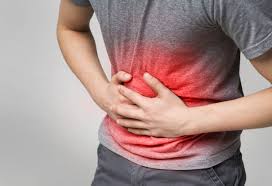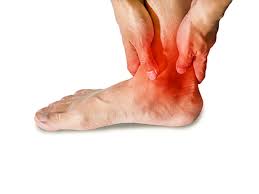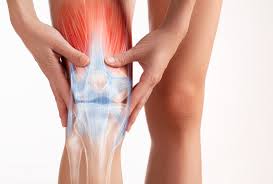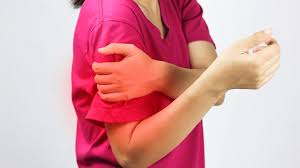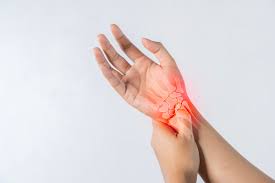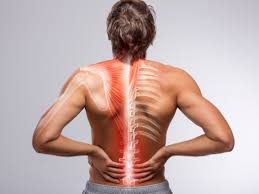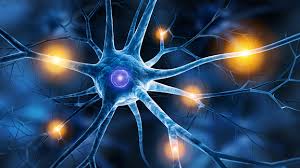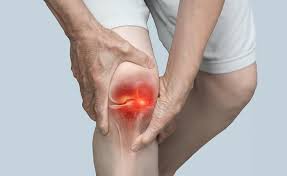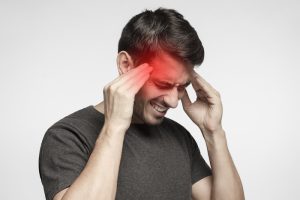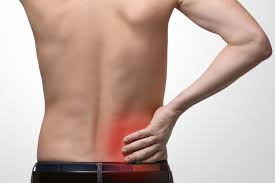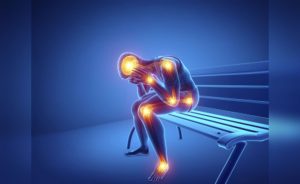1. Causes
Neck pain is typically caused by irritation, strain, or dysfunction in the muscles, joints, nerves, or discs of the cervical spine. It may also stem from structural imbalances, degeneration, or poor posture. In Traditional Chinese Medicine (TCM), neck pain may be due to Qi and blood stagnation, invasion of wind-cold, or imbalance in the meridians passing through the neck.
2. Underlying Factors
– Poor posture from prolonged desk or device use (e.g., ‘tech neck’)
– Muscle strain due to overuse or sudden movement
– Whiplash injuries from accidents or falls
– Cervical disc herniation pressing on nerves
– Arthritis or age-related degeneration of cervical joints
– Cold exposure or emotional stress leading to muscular tightness
3. Symptoms
– Localized neck pain or stiffness, especially with movement
– Pain radiating to shoulders, arms, or upper back
– Headaches originating from the neck (cervicogenic headaches)
– Numbness, tingling, or weakness in the arms or hands
– Decreased range of motion and difficulty turning the head
– Muscle spasms or tight bands in the neck and shoulder area
4. Treatment Options
– Physiotherapy: Focuses on neck alignment, mobility, and strength
– Acupuncture: Stimulates circulation and reduces nerve irritation
– Manual therapy: Includes myofascial release, trigger point work, and stretching
– Cupping or scraping therapy: Used to loosen tight fascia and improve blood flow
– Electroacupuncture or TENS: For nerve-related or radiating pain
5. At-Home Tips
– Adjust your workstation ergonomically (monitor at eye level)
– Apply warm compresses to the neck to relax tight muscles
– Perform neck mobility and stretching exercises daily
– Avoid sleeping on very high pillows or in twisted positions
– Stay warm and avoid wind or cold air directly on the neck
– Recommended products: neck massager, heat wraps, posture correctors, herbal patches






